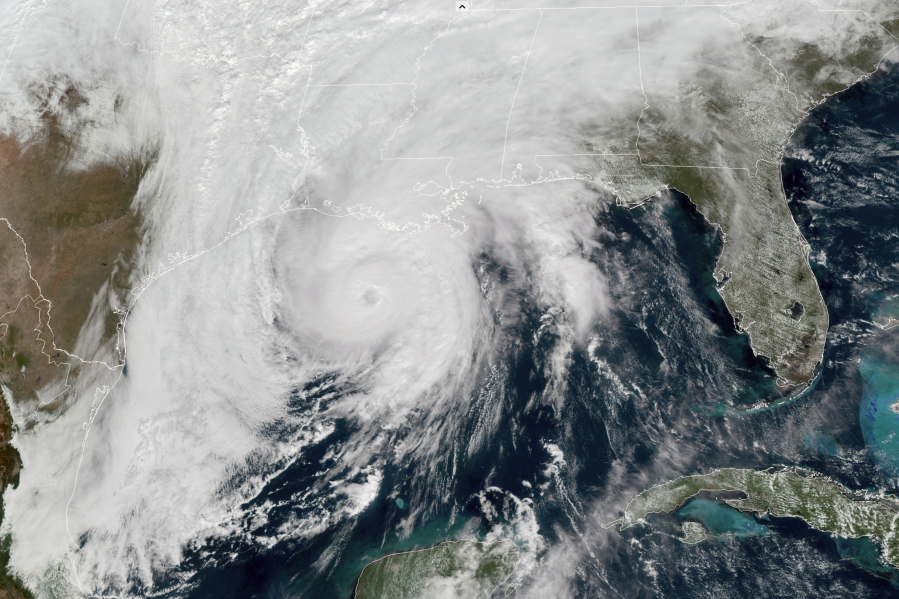PALM BEACH, Fla. — A recent spate of overly eager tropical cyclones may lead to an earlier start to hurricane season, pushing up the official first day to May 15 from the traditional kickoff of June 1 — a date that has been custom for more than five decades.
The jumpstart in dates will be discussed at a World Meteorological Organization meeting this month and could mean daily tropical weather forecasts issued by the National Hurricane Center will begin as early as May 15 this year.
Dennis Feltgen, a meteorologist and spokesman for the NHC, said an official change in the start date would only come after a committee looked at storm data and examined the need and “potential ramifications of moving the beginning of the hurricane season to May 15.” But because the findings would have to be presented at a future World Meteorological Organization meeting for review, the date change is unlikely this year.
The discussion on upping the start date of hurricane season and issuance of tropical forecasts was initiated in December at the National Oceanic and Atmospheric Administration’s hurricane conference, which followed the most active hurricane season on record with 30 named storms.
The 2020 season was also the sixth consecutive year when named storms formed before June 1. Tropical Storm Arthur came to life May 16 followed by Tropical Storm Bertha on May 27. Tropical Depression Three, which formed on June 1, became Tropical Storm Cristobal the following day.
A WMO agenda item introducing the discussion about date changes says premature storms generally form close to land and carry the “misguided perception that they are early, uncommon or not significant.”
“Most National Weather Service messaging says for the public to get ready by the start of hurricane season, and the current season timing is not the most beneficial to preparedness efforts since these early storms can be hazardous,” the agenda item notes.
Since the late 1960s when satellites began identifying tropical cyclones in the Atlantic, 19 named storms have formed before June 1, according to Colorado State University researcher Phil Klotzbach.
Those early stirring storms have included 2019’s Subtropical Storm Andrea, 2018’s Tropical Storm Alberto, 2017’s Tropical Storm Arlene, 2016’s Hurricane Alex and Tropical Storm Bonnie and 2015’s Tropical Storm Ana.
“At least 20 direct deaths have occurred from late May storms since 2012 with about 200 million dollars in total damage, and one of these systems was a 60-knot (70 mph) tropical storm at landfall,” according to the agenda item.
Feltgen said part of the reason for an increase in early named storms is because better satellite and modeling technology can identify systems that may have been missed in the past.
Also, the National Hurricane Center didn’t name subtropical storms until 2002.
Klotzbach worries about moving the start date to May 15 when the most dangerous storms typically don’t occur until the height of the season from late August through mid-October.
“If you extend the season another 15 days, you could basically have three months with very little storm activity,” Klotzbach said. “People can only prepare for things for so long before they just say ‘forget it.'”
The Eastern North Pacific hurricane season begins May 15, but Klotzbach said the Atlantic basin has a much more peaked season.
Hurricane Alma in 1966 was the earliest hurricane to make a June landfall in the U.S. when it hit near Apalachee Bay in Florida’s Panhandle on June 9. The earliest major hurricane to make landfall was Audrey in 1957, which hit on June 27 just east of the boarder between Texas and Louisiana, Klotzbach said.



